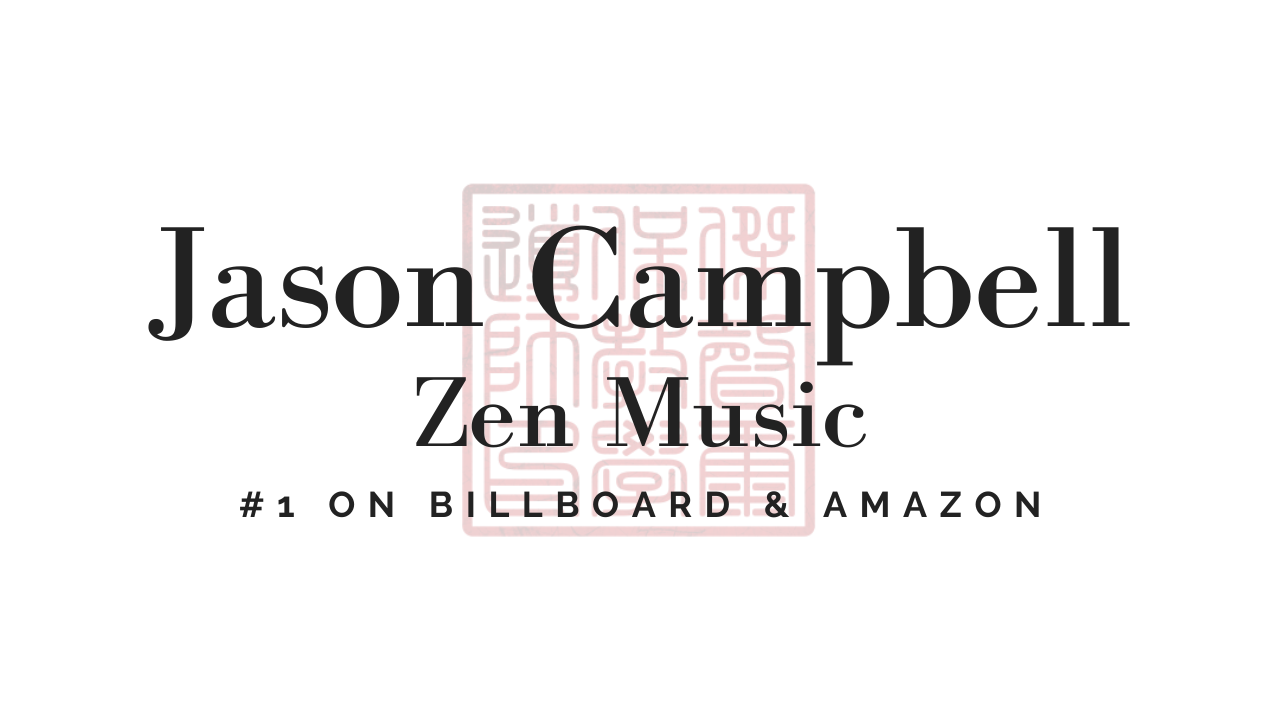A Path to Mindful Presence
Breathwork is more than just an exercise; it is a journey into the present moment, a way to connect with oneself, and an opportunity to cultivate awareness. The fundamental truth is that you are always here, and it is always now. Holidays, schedules, and external distractions may come and go, but your breath remains a constant. This training explores how breathwork can serve as a powerful tool for cleansing, centering, and sharpening the mind.
Breathwork is a discipline that can be integrated into daily life effortlessly. It does not require elaborate preparation or special occasions. Whether in the tranquility of a retreat or the bustle of daily responsibilities, breath can serve as an anchor. The practice of breathing intentionally, controlling inhalation and exhalation, and directing awareness inward creates clarity and peace.
A foundational technique in breathwork is mindful inhalation and exhalation. Begin by sitting comfortably, allowing the tongue to touch the roof of your mouth with a slight smile. Inhale through the nose, filling the lungs deeply, and then slowly exhale, releasing tension. This simple cycle of breath, repeated with intention, cultivates mindfulness. The act of breathing in fully and exhaling completely purges the body, much like an internal shower cleansing the mind and spirit.
Breathwork exercises can be intensified through structured breathing patterns. One such technique involves breathing in rhythmically while focusing on the movement of energy. Inhale deeply, expanding the lower abdomen, then the middle, and finally the upper chest. Hold the breath briefly before exhaling in a controlled release. This process strengthens the respiratory muscles, enhances lung capacity, and promotes relaxation.
A more advanced breathwork method is the concept of purging breaths. This involves a deliberate focus on exhalation, expelling stagnant energy, and creating space for renewal. The technique involves inhaling fully and then exhaling in multiple stages, continuously pushing out breath even when it feels as though no more air can be released. This practice activates the body's energy channels and fosters deep relaxation.
The power of breath extends beyond simple inhalation and exhalation. By incorporating structured practices such as box breathing, one can regulate the nervous system and enhance concentration. Inhale for a count of two, hold the breath for two, exhale for two, and hold again for two before repeating. This controlled breathing pattern steadies the mind and fosters discipline in thought and action.
Short breathwork sessions throughout the day can have a profound impact. A minute-long practice at regular intervals builds resilience, strengthens focus, and maintains presence. Simply pausing to breathe deeply, wiggle the toes, and redirect awareness to the center of the body can serve as a reset, counteracting stress and enhancing performance.
Meditation and breathwork are inseparable. The ability to remain still, observe the breath, and direct awareness inward cultivates profound mindfulness. A final breathwork exercise involves sealing the senses—closing the eyes, placing the tongue on the roof of the mouth, keeping the lips gently pressed together, and slowing the breath. This practice activates deeper levels of awareness and creates a profound state of stillness.
The goal of breathwork is not just to control the breath but to cultivate a continuous state of presence. Just as a meditation practice extends beyond dedicated sitting sessions into daily life, breathwork integrates seamlessly into any routine. By developing a habit of mindful breathing, awareness is heightened, distractions lessen, and clarity emerges.
Through consistent practice, breathwork becomes second nature. It allows for a deeper connection to oneself, an expansion of awareness, and a greater sense of peace. With each inhale and exhale, the practice reinforces the understanding that no matter where you are or what time it is, you are always here, and it is always now.

